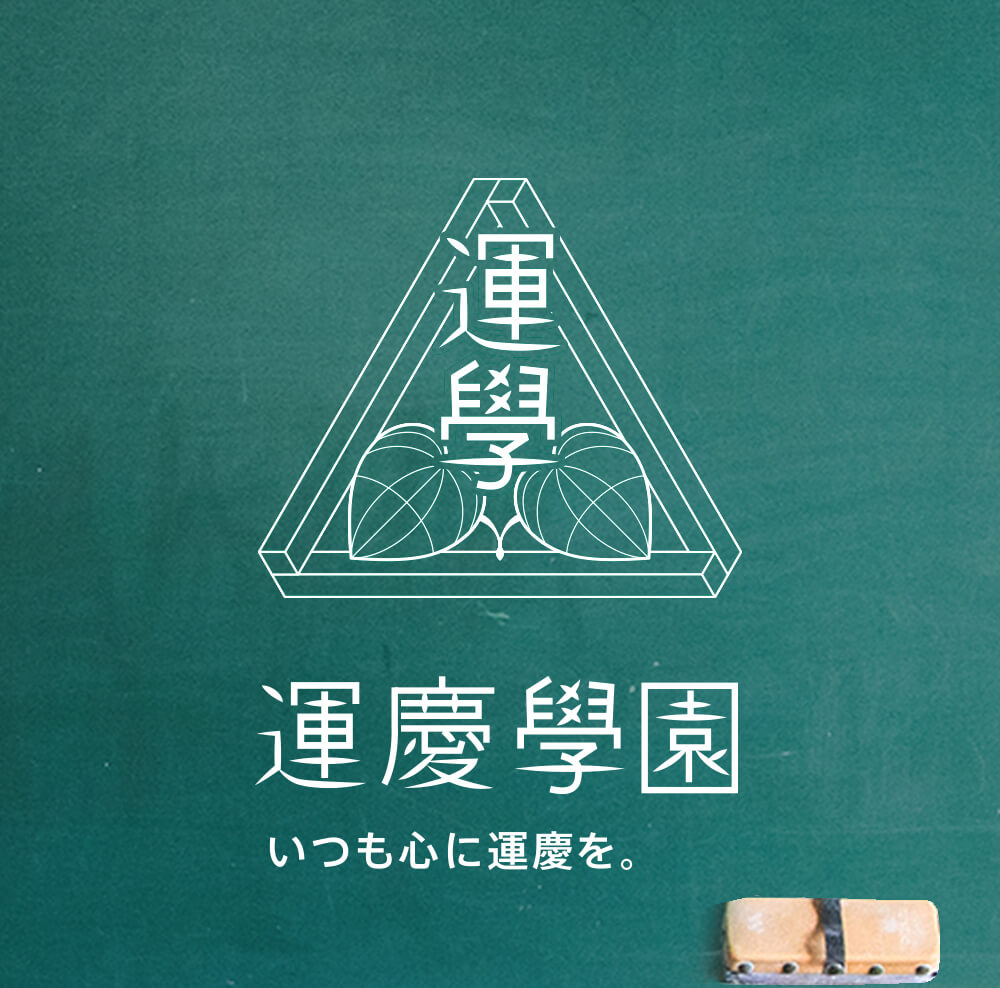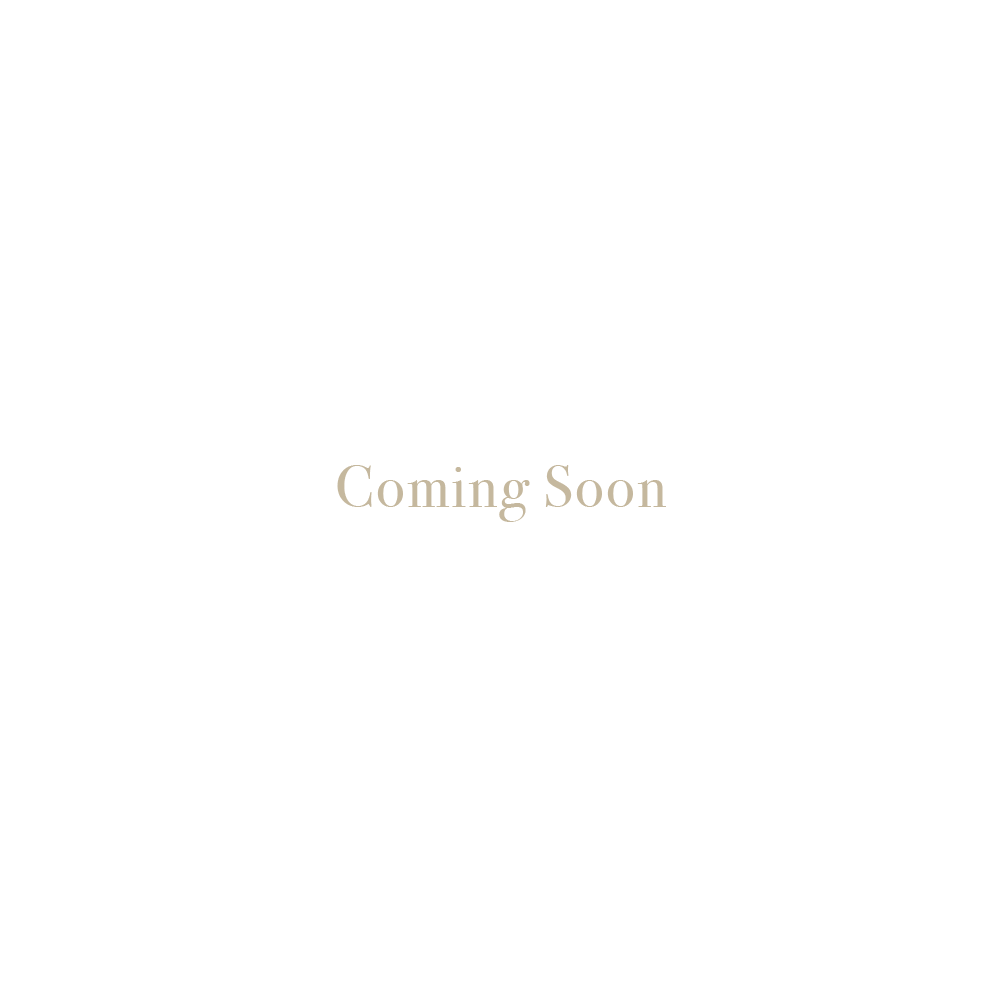In Japan, no Buddhist sculptor is better known than Unkei. With his extraordinary artistic talent, he led a new era in sculptural expression, creating realistic works that appear before the viewer as though they were alive. For this special exhibition, Unkei’s masterpieces have been brought together from across Japan. These include works from Kohfukuji temple in Nara, with which he had close relations. In addition to presenting an overview of Unkei’s life as a sculptor, the origins of Unkei’s remarkable style and its transmission will also be explored through the inclusion of works by his father, Kokei, as well as his sons, Tankei and Koben.
Largest Exhibition in History
Collected Masterpieces by Genius of Buddhist Sculpture, Unkei
Unkei is believed to have created many works during his lifetime, and, although there are some differences of opinion, it is generally agreed that there are thirty-one known sculptures that are firmly attributable to him or are considered highly likely to be his. These pieces are scattered throughout different regions of Japan and in some cases are in the collections of temples whose grounds they have never left. As a result, until now, no large-scale Unkei exhibition has ever reached fruition.
The current project has been planned in commemoration of the reconstruction of the Central Golden Hall at Nara’s Kohfukuji, a temple that had deep ties to Unkei and will be lending its works to the exhibition. Furthermore, a total of twenty-two works by Unkei that have been carefully preserved and passed down in Kyoto, Wakayama, Aichi, Shizuoka, and various other regions are being brought together, making this the largest exhibition of Unkei’s work to date.
Formation and Transmission of Unkei’s Style
From his Father Kokei to sons Tankei and Koben
- From left:
By Kokei (Father)
Important Cultural Property
Seated Jizō Bosatsu, Heian period, dated 1177 (Jisho 1), Zuirinji, Shizuoka - National Treasure
By Unkei
Bishamonten, Kamakura period, dated 1186 (Bunji 2), Ganjojuin, Shizuoka - By Koben (Son)
National Treasure
Ryutoki, by Koben, Kamakura period, dated 1215 (Kenpo 3), Kohfukuji, Nara
The transition from the Heian period to the Kamakura period witnessed a shift from aristocratic rule out of a central capital in Kyoto to the establishment of the shogunate in Kamakura in the East and the spread of samurai rule. In this period of upheaval and change, Unkei brought forth a form of expression that was completely new and different from the sculptural style popularized by Jocho in the 12th century. The true-to-life realism of his craft, as represented by his figures of the Eight Attendants (National Treasure, Kongobuji, Wakayama), which are brimming with vitality, or his supreme masterpieces of portrait sculpture Mujaku Bosatsu and Seshin Bosatsu (National Treasure, Kohfukuji, Nara), is not to be missed.
In addition to examining Unkei’s own oeuvre over the full course of his career, this exhibition also includes works by his father Kokei and his sons Tankei and Koben, offering a better grasp of Unkei’s work from the perspective of the formative origins of his modeling style and its subsequent transmission.
Advantages of the Museum Context
Allowing Perspectives not Possible in the Temple Setting
Eight Attendants: Ugubaga Doji, Shojobiku Doji, Eki Doji, Kongara Doji, Seitaka Doji, Eko Doji, by Unkei, Kamakura period, ca. 1197 (Kenkyu 8), Kongobuji, Wakayama
Photograph courtesy of Koyasan Reihokan Museum
The installation will take full advantage of the scale of the Tokyo National Museum Heiseikan galleries. For example, the stately figures of the Four Heavenly Kings (National Treasure, enshrined at the Southern Round Hall, Kohfukuji, Nara) will present a truly stunning scene, each measuring more than two meters in height and lined up before you as if to guard the Mujaku Bosatsu and Seshin Bosatsu figures. Many of the works, starting with the Eight Attendants (National Treasure, Kongobuji, Wakayama), will be displayed so that they can be viewed in 360 degrees from all directions, including from behind, which is normally not possible in situ. This method of display, which is only possible in an exhibition context, will surely allow us to discover new appeal in Unkei’s work.
Entrusting Unkei to the Future
Introducing Cutting-edge Research Findings
Investigations into Unkei’s works continue to advance still today and new knowledge is being acquired all the time. In the past fifteen years, three works by Unkei or works that have a high probability of being by him have been newly discovered and have garnered much attention. Moreover, images of dedicatory objects placed inside of these figures have been acquired by X-ray and CT scan technologies, further serving to advance Unkei research. The exhibition will also introduce such new findings.
General Information
-
Period
Tuesday, September 26 – Sunday, November 26, 2017 -
Venue
-
Hours
9:30 – 17:00
Until 21:00 on Fridays, Saturdays and November 2
(Last entry 30 minutes before closing) -
Closed
Mondays (Except for Monday, October 9) -
Admission
Adults: 1600 (1400/1300) yen
University students: 1200 (1000/900) yen
High school students: 900 (700/600) yen
Junior high school students and under: Free
* Prices shown in parentheses indicate advance / group (more than 20 persons) discount tickets.
* Persons with disabilities are admitted free with one accompanying person each (please present an ID at the ticket booth).
* Advance tickets will be on sale at the museum ticket booths (during museum opening hours excluding the last 30 minutes) and other major ticketing agencies from July 1, 2017 to September 25, 2017.
-
Access
10 minutes’ walk from JR Ueno Station (Park exit) and Uguisudani Station
15 minutes’ walk from Keisei Ueno Station, Tokyo Metro Ueno Station and Tokyo Metro Nezu Station -
Organizers
Tokyo National Museum, Kohfukuji, The Asahi Shimbun, TV Asahi Corporation -
With the Sponsorship of
Aioi Nissay Dowa Insurance Co., Ltd.,
KAJIMA CORPORATION,
East Japan Railway Company,
Daiwa Securities Group Inc.,
Toppan Printing Co., Ltd. -
With the Cooperation of
Kanagawa Prefectural Kanazawa-Bunko Museum,
Shogakukan Inc. -
With the Support of
Tokyo FM -
General Inquiries
03-5777-8600 (Hello Dial)





